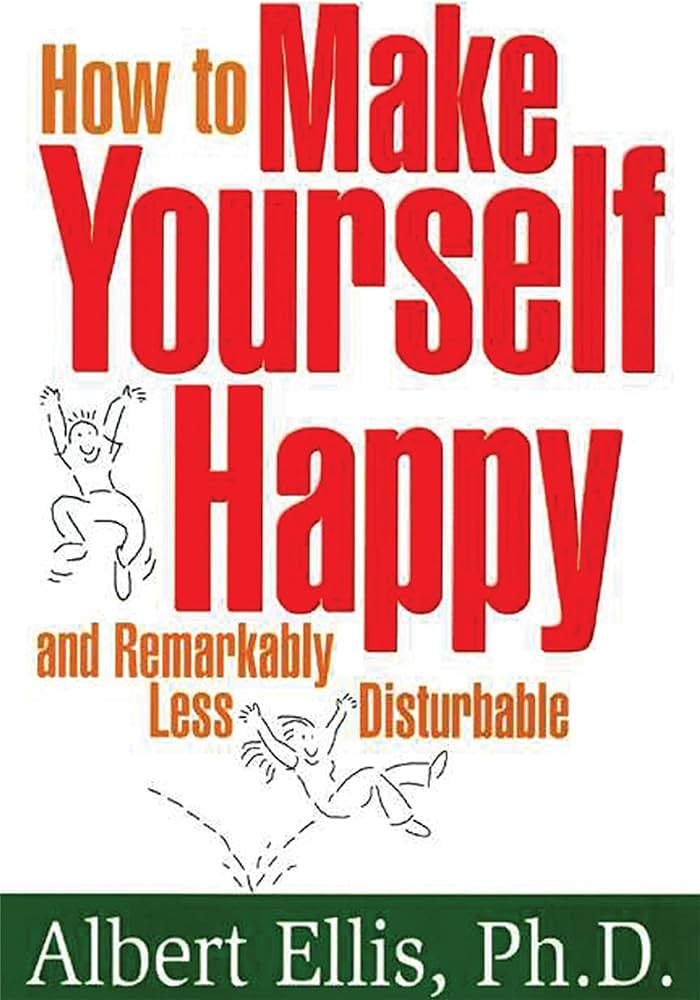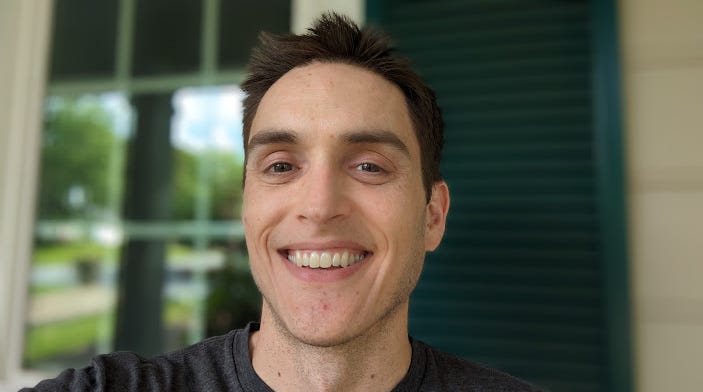(2.5 min read)
I’ve been using the Headspace meditation app at least daily for >30 days now.
I started with the “Basics” course (and then Basics 2 and Basics 3), which were each 10 days.
One of the suggestions from the instructor:
In the next 24 hours, see how many times you can notice (and silently label) times that you’re transitioning from sitting to standing or standing to sitting.
Can you catch at least 5 times?
I thought:
That sounds pretty easy.
And to make it even easier, I’ll allow myself to also count times that I notice transitioning from one room to another.
Surely I’ll be able to count 5 within the next day.
Nearing the 24-hour deadline, I was shocked that I’d still only counted one time.
To be clear, there were many times throughout the first day when I’d remember:
Oh, I’m sitting down, which means I transitioned from standing to sitting, but I didn’t notice and label the transition in the moment!
It was kind of embarrassing (if it’s possible to be embarrassed to yourself) that I was so mindless throughout the day.
Getting better
But on the following day, it got easier.
And easier again the following day.
And so on.
Why do I care?
For me, it’s not the act of sitting down, standing up, or stepping into a new room that I want to relish in particular.
It’s that I want to have a childlike presence.
Imagine if we had these controls for our brain:
Most adults seem unable to dial “Thinking” down to 0% the way kids can.
And even when their “Thinking” is at 100%, most adults rarely focus on just 1 topic (the way kids can).
Kids don’t often try to multitask or stress about the future.
When they’re focused, they’re in the flow.
When they’re ready for sleep, they’re out like a light.
I don’t have much trouble falling asleep either…
But I want to be even better at controlling whether my “thinking” is active or dormant.
I want to go from 0% to 100% and back to 0 at will.
And when at 0% “Thinking”, I often want “Perceiving” to still be enabled.
(Although, when I really want to relax, such as for sleep, I’d dial “perceiving” down closer to 0%.)
Forget the future
A Headspace instructor used that phrase, which struck a chord with me.
“Forget the future.”Funny way of saying it.
But yeah, I do want the ability to put the future completely out of my mind.
Meditation “sessions” vs the rest of your day
During my sits, my mind still wanders a lot.
I’ll try to take 10 super slow breaths, counting each one. And I’ll lose track before I reach 10.
But my “failure” during these sessions doesn’t bother me.
What matters to me more is whether I’m gaining control over my mind for my life in general (which is mostly not formal meditation sessions).
My goal is to make myself far less disturbable.
“Segment intending”
I like the Abraham-Hicks concept of “segment intending”.
Whether it’s for a part of your day (such as a meeting or a commute) or a transition into a new room (or between sitting and standing), it can feel helpful not just to label what you’re doing but also to declare for yourself:
How much do I want to be thinking?
How focused do I want to be?
What mood do I want?
Sure, there are times when we benefit from letting our minds wander.
Like letting a kid loose on the playground.
My “Thinking” mind has been running wild unsupervised.
Perhaps soon I’ll have a new part of my mind that acts more like an adult who determines when the kid gets to run loose. 😃
🕙 What we learned in recent posts:
🟢 The 1 thing you must sacrifice to get what you want
🟢 The cheat code I learned from Steve Jobs and Ray Dalio
🟢 The 2 (contradictory) ingredients to happiness
Thanks for clicking the ❤️ button on this post.
It helps me to know that people are reading!








I’m find a lot of worry and overthinking gets eliminated when you take it one step at a time.
Great issue, Ryan!
Very nice. Cool that it did this much for you